The Gatto Nero — or ‘Black Cat’ — is in Burano, a tiny island in the Venetian lagoon. It is close to ‘haunted’ Torcello, with its ancient campanile and its branch of the Cipriani restaurant. (The only equivalent thing I can imagine is a branch of Soho House at Dracula’s castle, or possibly Chernobyl.)
Already a subscriber? Log in
Subscribe for just $2 a week
Try a month of The Spectator Australia absolutely free and without commitment. Not only that but – if you choose to continue – you’ll pay just $2 a week for your first year.
- Unlimited access to spectator.com.au and app
- The weekly edition on the Spectator Australia app
- Spectator podcasts and newsletters
- Full access to spectator.co.uk
Or


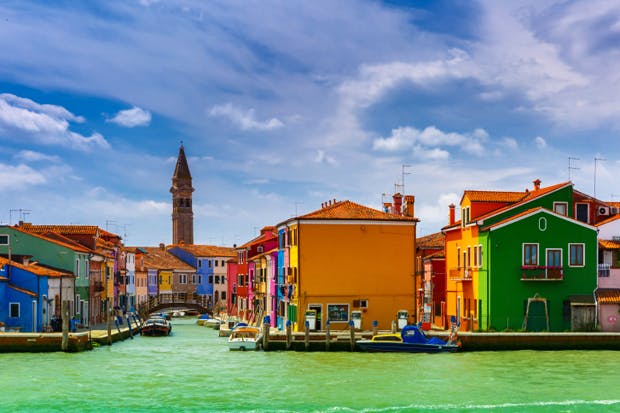

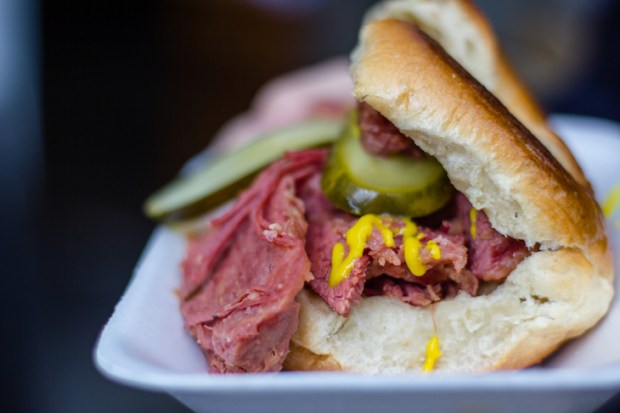
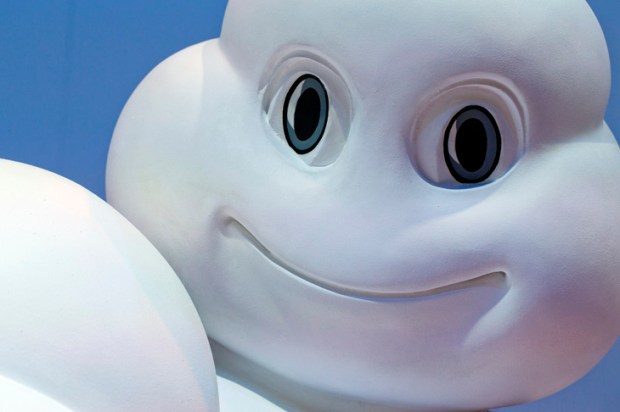
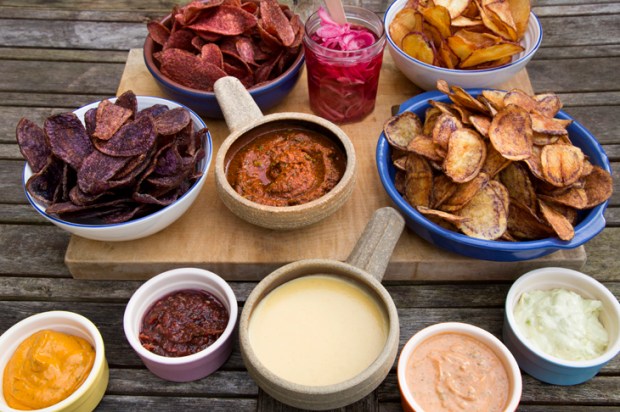
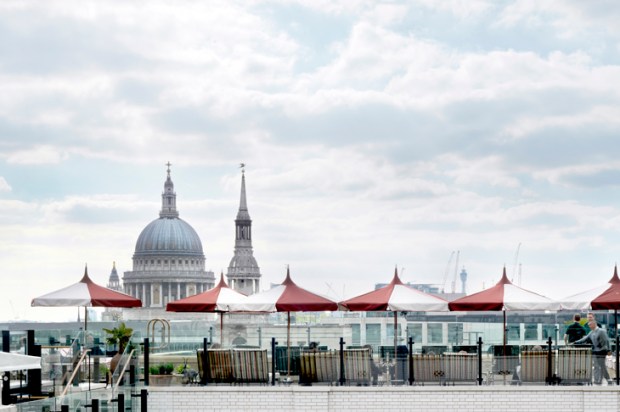
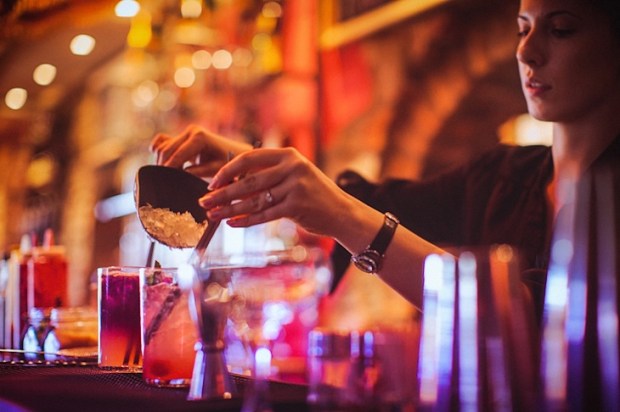






Comments
Don't miss out
Join the conversation with other Spectator Australia readers. Subscribe to leave a comment.
SUBSCRIBEAlready a subscriber? Log in